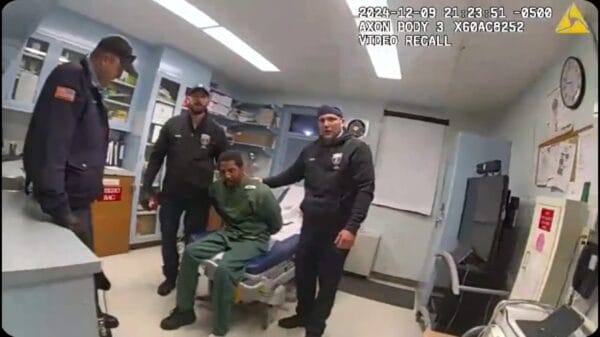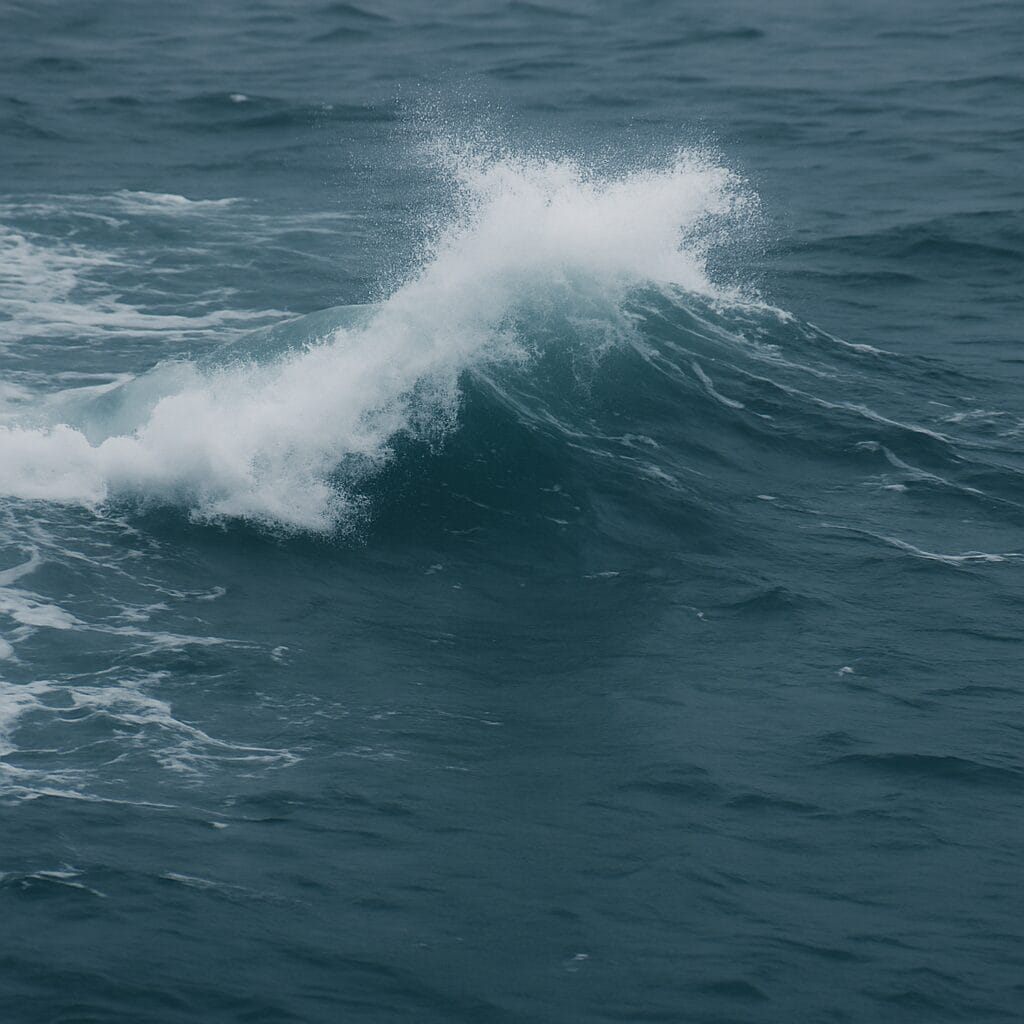A robust earthquake measuring magnitude 6.9 struck the northeastern shoreline of Japan on Sunday evening, the Japan Meteorological Agency (JMA) reported. The temblor — occurring at a shallow depth of approximately 20 km — triggered tsunami alerts for coastal areas before authorities quickly reduced the threat level after detecting only minor sea-level changes.
Strong Shaking, Minimal Immediate Impact
The quake occurred near the coast of Japan’s Iwate Prefecture at around 5:03 p.m. local time, with the JMA confirming the depth at roughly 20 kilometres (12 miles). Initial reports found no widespread damage or significant injuries, and no abnormalities were detected at nearby nuclear facilities.
Initial Tsunami Warning, Rapid Downgrade
Shortly after the quake, a tsunami advisory was issued for several northern coastal sectors including Iwate, with an estimated wave height of up to 1 metre (3 feet). Within about three hours, that advisory was downgraded to a “tsunami forecast” — a classification indicating only slight sea-level changes were expected, typically under 0.2 metres (8 inches). The highest recorded wave reached approximately 20 centimetres (8 inches) near the city of Kuji on the coast.
Region Still On Alert
While the immediate danger has passed, the JMA warned that aftershocks remain a possibility — including strong tremors — in the coming days, especially through the next two to three. Japan remains one of the world’s most earthquake-prone nations, situated along the volatile Pacific “Ring of Fire.” Residents and authorities in the affected region remain vigilant given the country’s history of major seismic events, including the devastating 2011 quake-tsunami-nuclear catastrophe.

















































